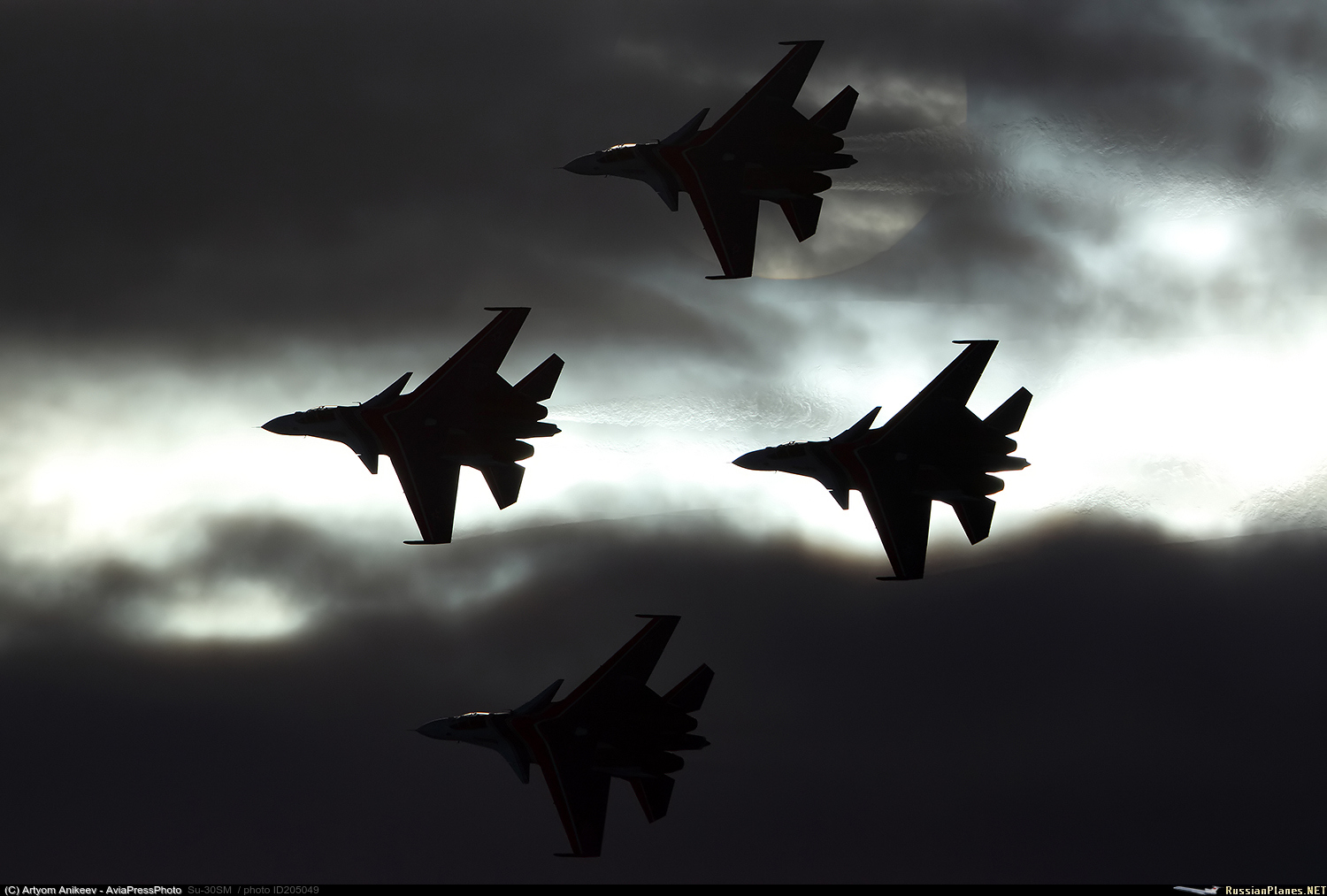Russia successfully tested its latest Ka-52K Katran reconnaissance and combat helicopter during the recent Mediterranean cruise by the Admiral Kuznetsov aircraft carrier, Rossiiskaya Gazeta reported.
https://sputniknews.com/russia/201702111050579915-russia-helicopter-tests/
The
Admiral Kuznetsov’s Captain, Sergei Artamonov, heaped praise on the Ka-52K, which is a ship-based version of the Ka-52 Alligator reconnaissance and combat helicopter, calling it “the best of its kind around.”
"The test flights we conducted during the cruise showed that this helicopter has great potential as a weapon and as a major element of our naval airpower,” Artamonov said in a documentary aired by Rossiya-24 on Wednesday night.
The Kamov designers faced the daunting task of adjusting the new ship-borne rotorcraft for use during naval operations in conditions of high humidity and salinity.
The fuselage is covered with resilient anti-corrosion coating and is fitted with folding blades and wings.
The Ka-52K’s firepower is notably greater compared to its land-based counterpart. It can be armed with torpedoes, depth charges and even heavy missiles capable of sinking an enemy warship. The helicopter is equipped with a laser beam guidance system and Okhotnik video processing system.
The onboard Arbalet radar system allows the Ka-52K to effectively perform combat missions even in situations of active electronic jamming. The helicopter can detect hostile vessels at a range of almost 200 kilometers.
The Vitebsk optical and electronic defense system effectively protects the Ka-52K against missiles armed with infrared self-homing warheads.
The helicopter can be further upgraded to carry Kh1AD and Kh35 anti-ship missiles, which are currently used by Su-30, Su-35 and MiG-29K warplanes and are able to inflict serious damage even to aircraft carriers.
In addition, the Ka-52K can carry virtually all types of Western-made airborne anti-ship missiles, which makes it much easier to sell abroad. In 2015 Egypt said it was mulling the purchase of over fifty Ka-52Ks.
“The successful tests on board the Admiral Kuznetsov have revived international interest in the3 Ka-52 Katran helicopter,” Rossiiskaya Gazeta wrote.
The Kamov Design Bureau is a part of Russian Helicopters, which is a global leader in the field of helicopter manufacture and the only developer and manufacturer of helicopters in Russia.



















